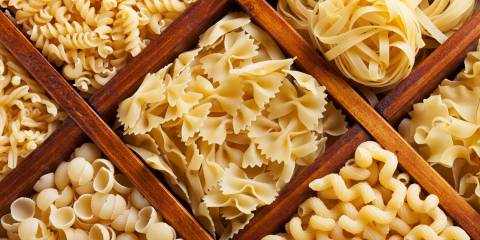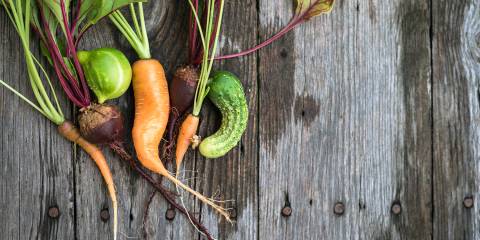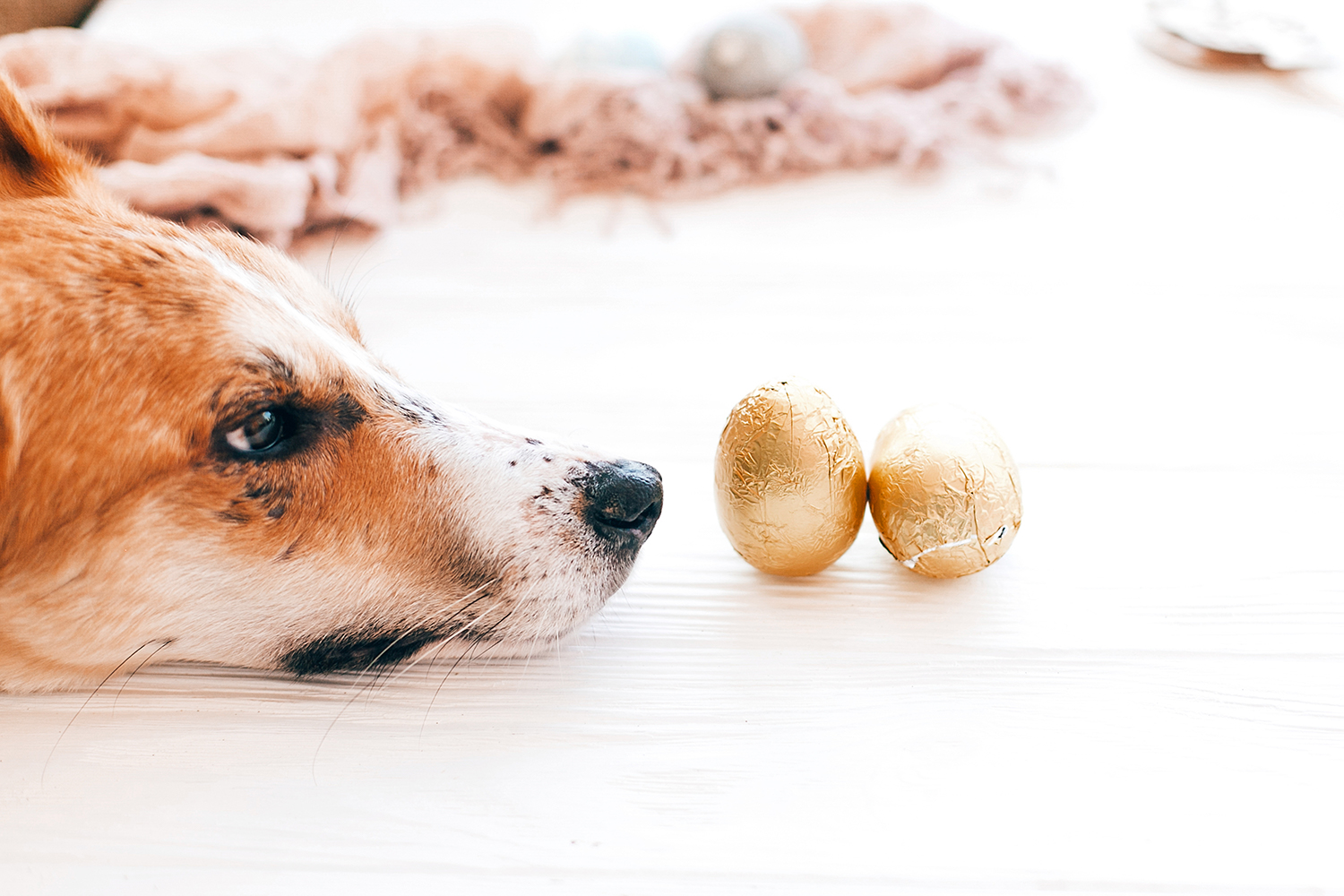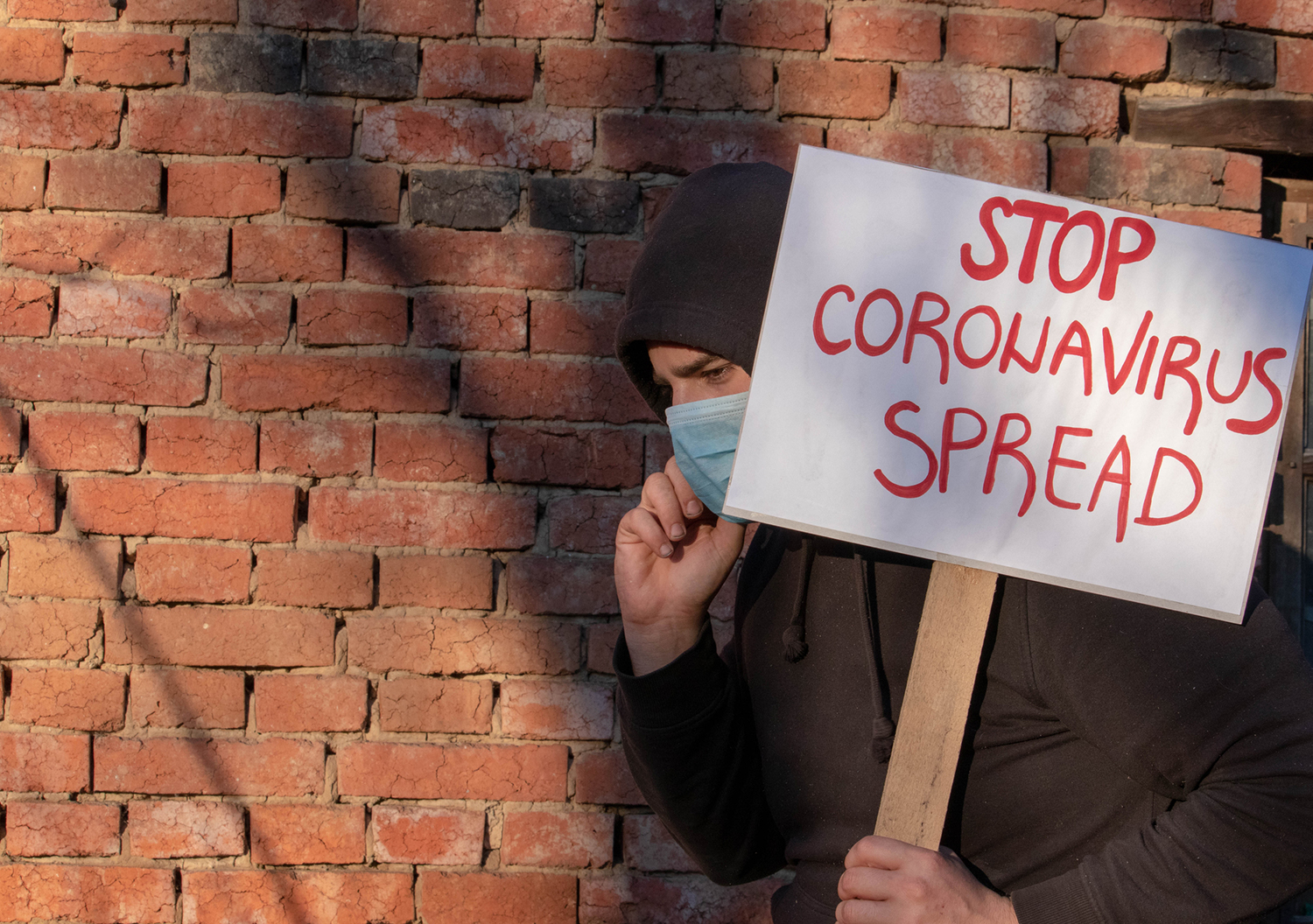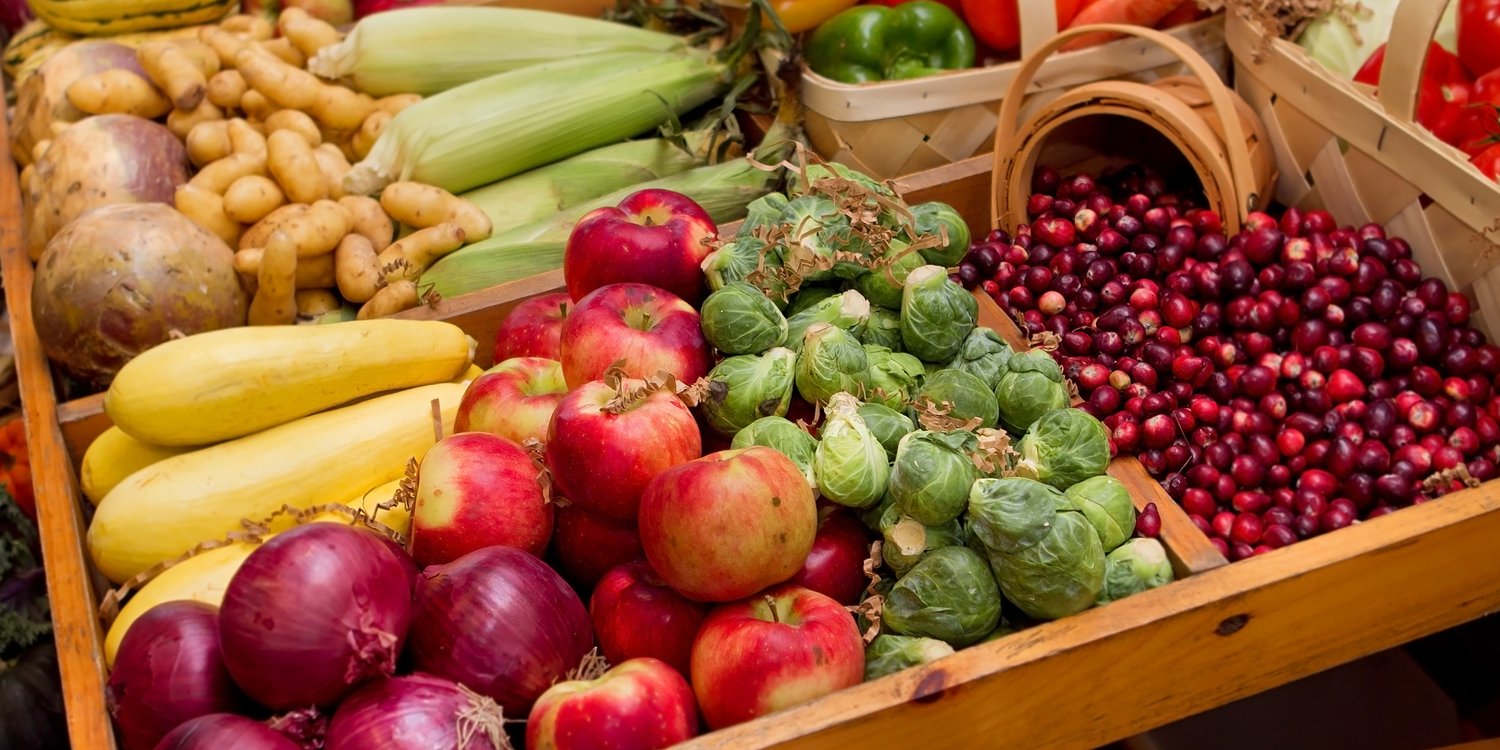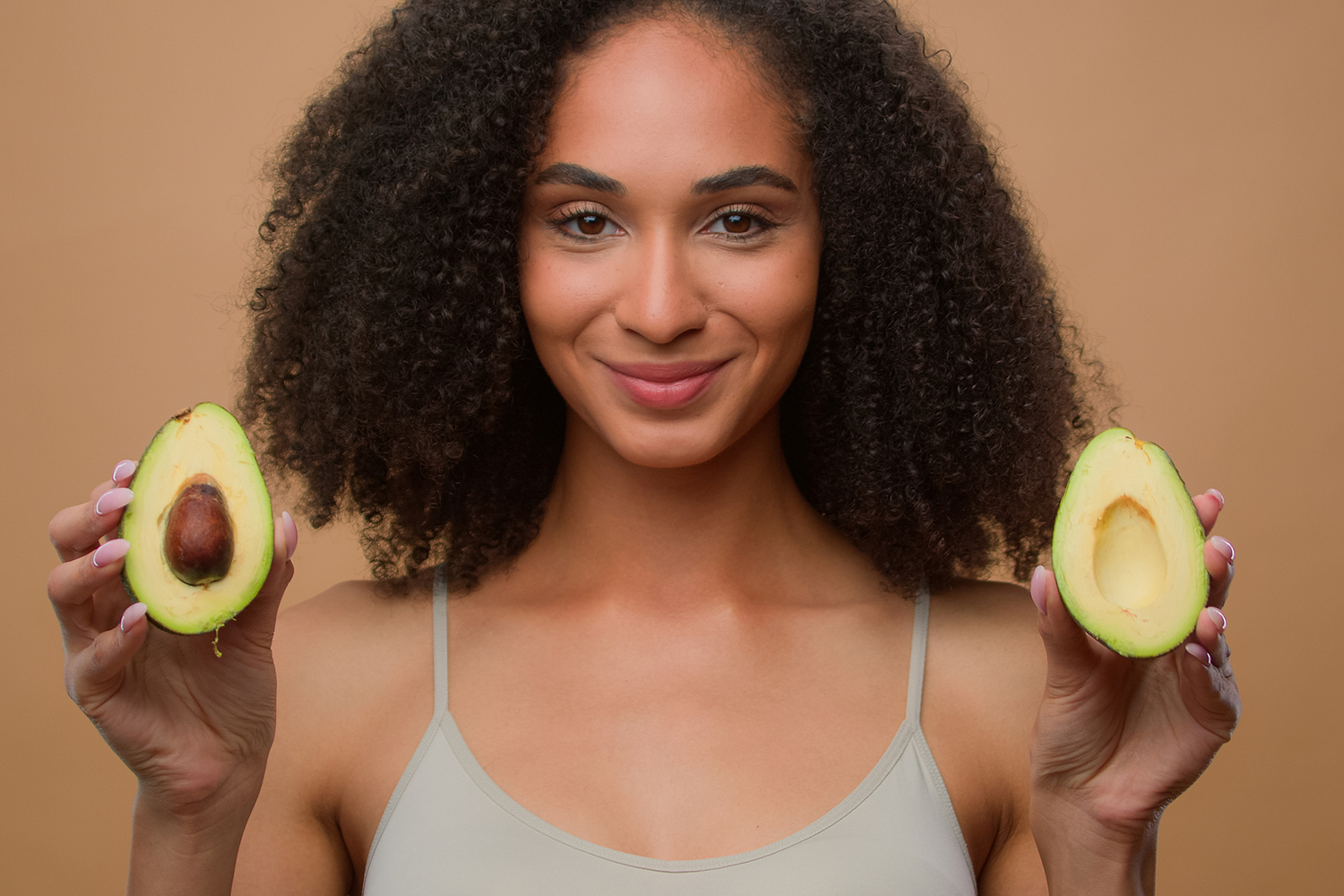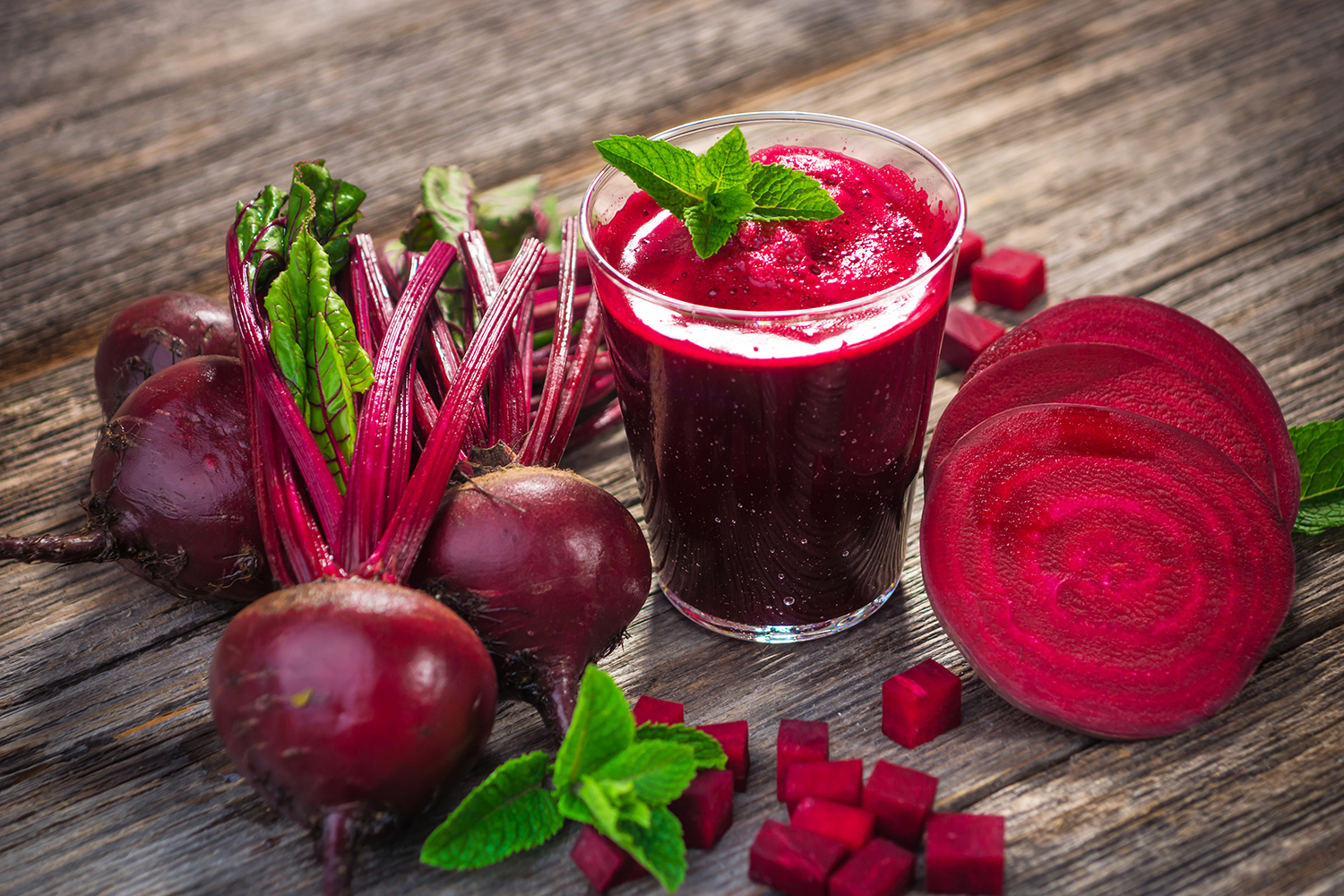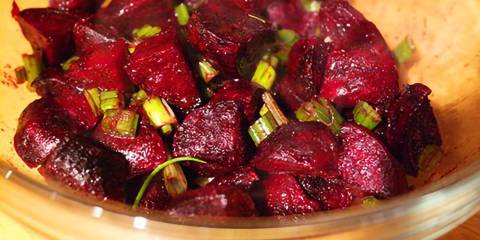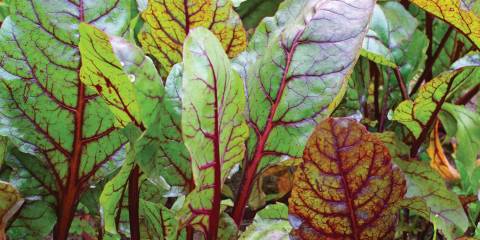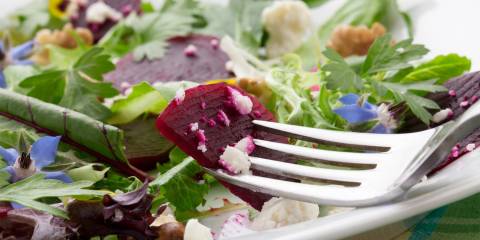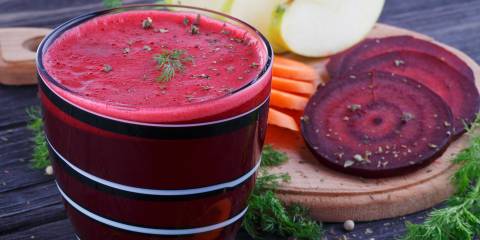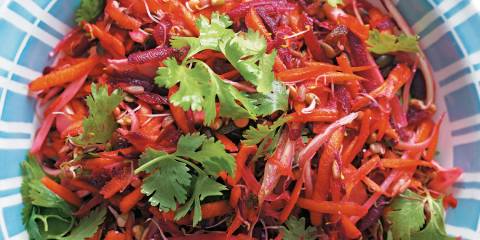There’s nothing wrong with a hearty bowl of spaghetti topped with your favorite marinara. But sometimes you want something a little bolder, a little more exciting.
That’s the great thing about pasta—the possibilities are endless!—and that’s where these dishes come in.
Pasta Pairings
Toss one of the following combinations with your favorite brand of cooked pasta, and you have a fast and healthy weeknight meal.
We’ve suggested different shapes of pasta to accompany each option, but feel free to use whatever style you like and make sure to cook your pasta the right way.
-
Cajun Shrimp Penne
- Chopped red and green bell peppers
- Chopped tomato
- Shrimp
- Diced green onions
- Hot sauce
-
Goat Cheese and Arugula Rotini
- Chopped garlic
- Arugula
- Crumbled goat cheese
- Chopped sun-dried tomatoes
- Toasted bread crumbs
-
Salmon and Peas with Shells
- Salmon, cut into chunks
- Peas
- Low-fat sour cream
- Lemon juice
- Dill
-
Lentil Bolognese with Spaghetti
- Roasted eggplant
- Chopped red bell pepper
- Brown lentils
- Chopped tomato
- Shredded Parmesan cheese


